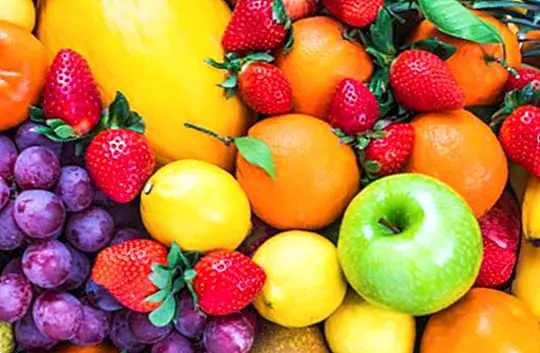Why it is not a good idea to wash the coffeemaker with soap
The coffee It is undoubtedly one of the most consumed beverages every day, after water and together with another of the natural liquids par excellence, tea. In fact, did you know that in our country alone, at least 22 million cups of coffee are consumed each day ?.
It becomes a beverage full of properties and organoleptic qualities. And what are their organoleptic characteristics? Very easy: all those sensory qualities that we can appreciate in coffee beans and in the cup of a coffee prepared by observing it, smelling it and tasting it, and it refers to acidity, bitterness, body, flavor and sweetness that we could perceive with a good cup of this wonderful drink.

The fragrance of coffee stands out precisely for its toasted aroma, although it can also be fruity, sweet, herbal, earthy ... This aroma is formed by thousands of volatile substances among which we distinguish ketones, aldehydes, esters and acids. Depending on their intensity and quality, they will help us discover the quality and freshness of coffee.
Generally it is a slightly acidic drink, a quality that we find especially in the variety Coffea arabica L., whose intensity is finally modified during the roasting process.
The body of coffee is perceived in the tongue when we taste it, and its concentration can be higher or lower. It gives us the possibility to know if the coffee we have prepared is of good quality, since a cup of coffee made with a good coffee presents a balanced and complete body.
The impressive organoleptic characteristics of coffee
In a single cup of coffee we find more than a thousand different substances that give it its aromatic and flavor qualities. For example, it contains amino acids, polysaccharides, nitrogen compounds, volatile and non-volatile acids, and also triglycerides.
Precisely during the roasting phase is when its organoleptic properties develop, given that at high temperatures it reaches (between 200 to 250º C) different physical-chemical transformations take place, giving it its qualities related to taste, smell and its tonality so characteristic.
Thus the more roasted the more they tend to spread their oils to the outside, and the coffee bean has less acid power, at the same time that its content or contribution in caffeine will be much lower since during the process a part of it is burned.

Useful tips for washing the coffee maker every time we prepare it
The reason why we started this note talking about the impressive characteristics and organoleptic properties that we find in a cup of coffee is simple: its aromatic qualities tend to stay impregnated in the walls of the coffee machine where you prepare it every day.
This means that every time you prepare a cup of coffee at home, it not only acquires the characteristics of coffee beans with which you make it; It also acquires the aroma that the coffee maker possesses at those moments.
For this reason it is not very good that, every time you go to wash the coffee maker, use soap or dishwasher to clean it. Because in this way the walls of the coffee machine would be losing all the organoleptic qualities (especially aromatic) that it has been acquiring over time. On the other hand, It is also not useful to use a scouring pad to scrape or scrub the coffee maker thoroughly.
Obviously we are not referring to not washing the coffee maker. An appropriate option is to always wash it -and only- with water. In this way we will have the coffee maker always clean, but with the qualities that have been obtained in the preparation of each cup. This article is published for informational purposes only. It can not and should not replace the consultation with a Physician. We advise you to consult your Trusted Doctor. ThemesCoffee


